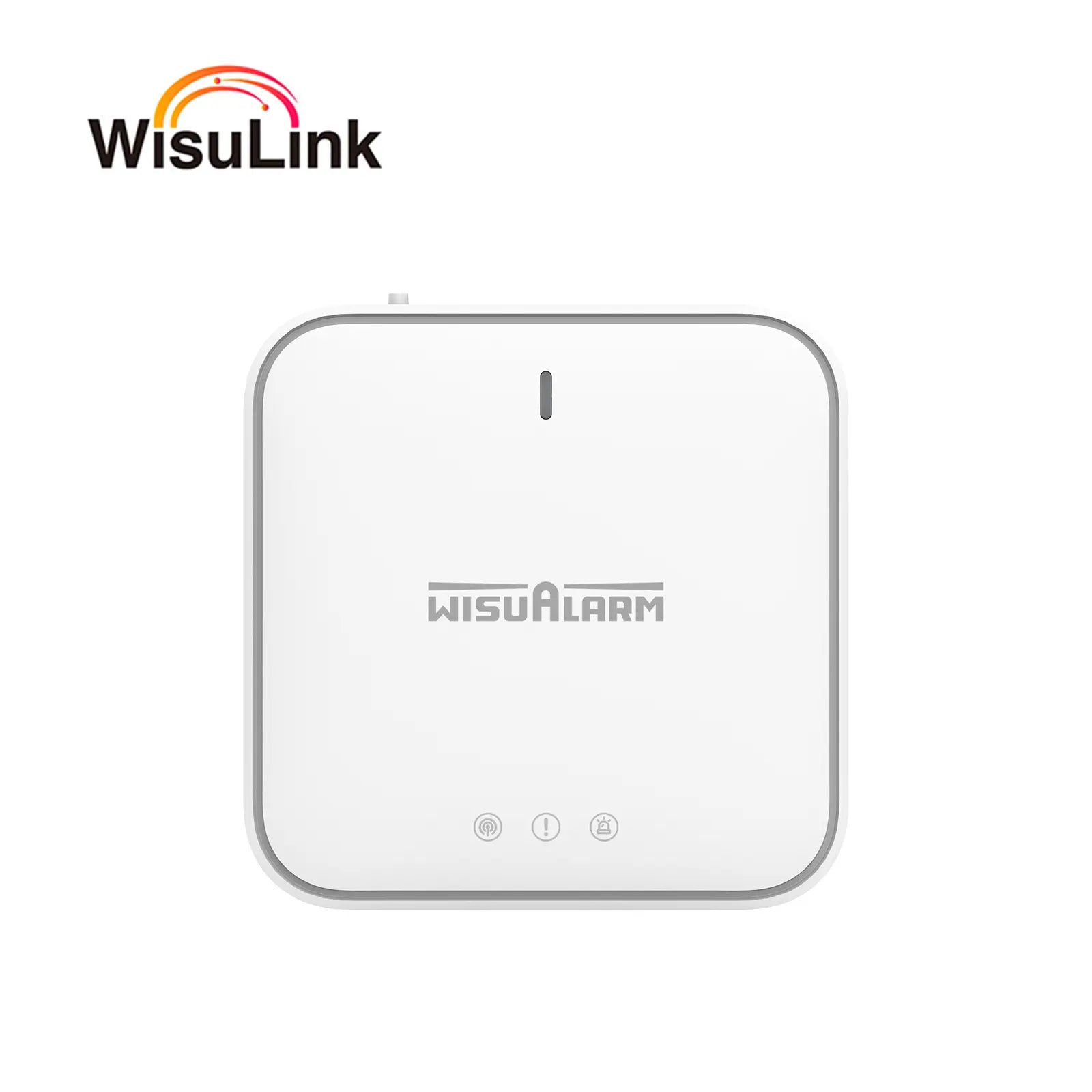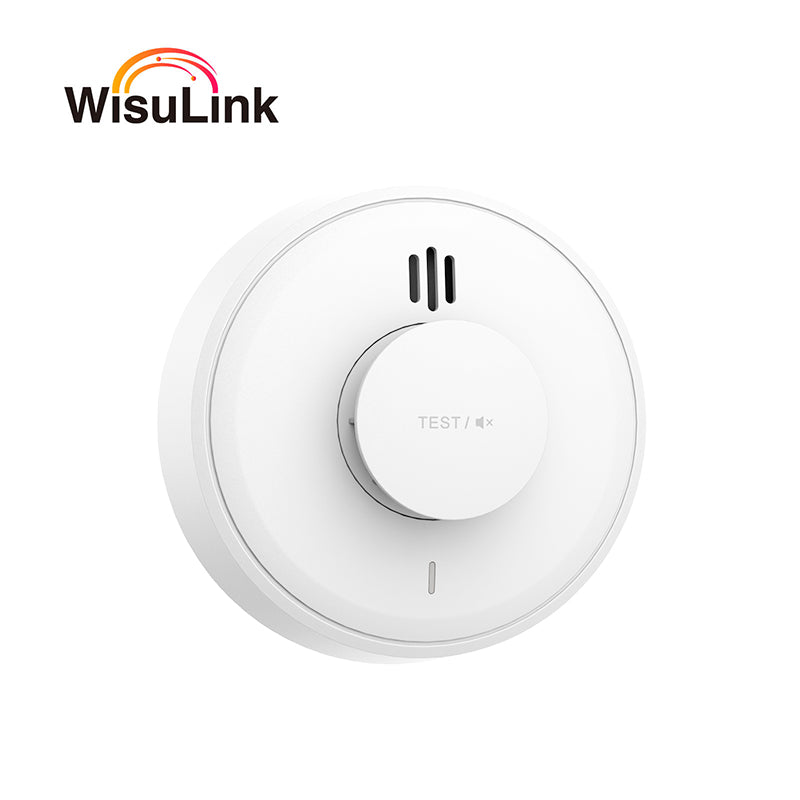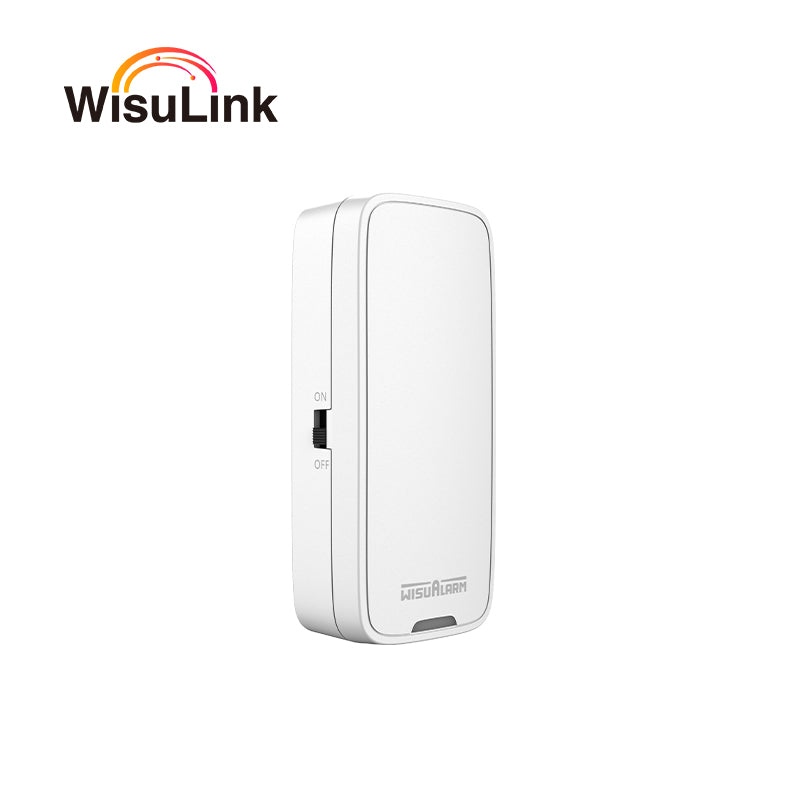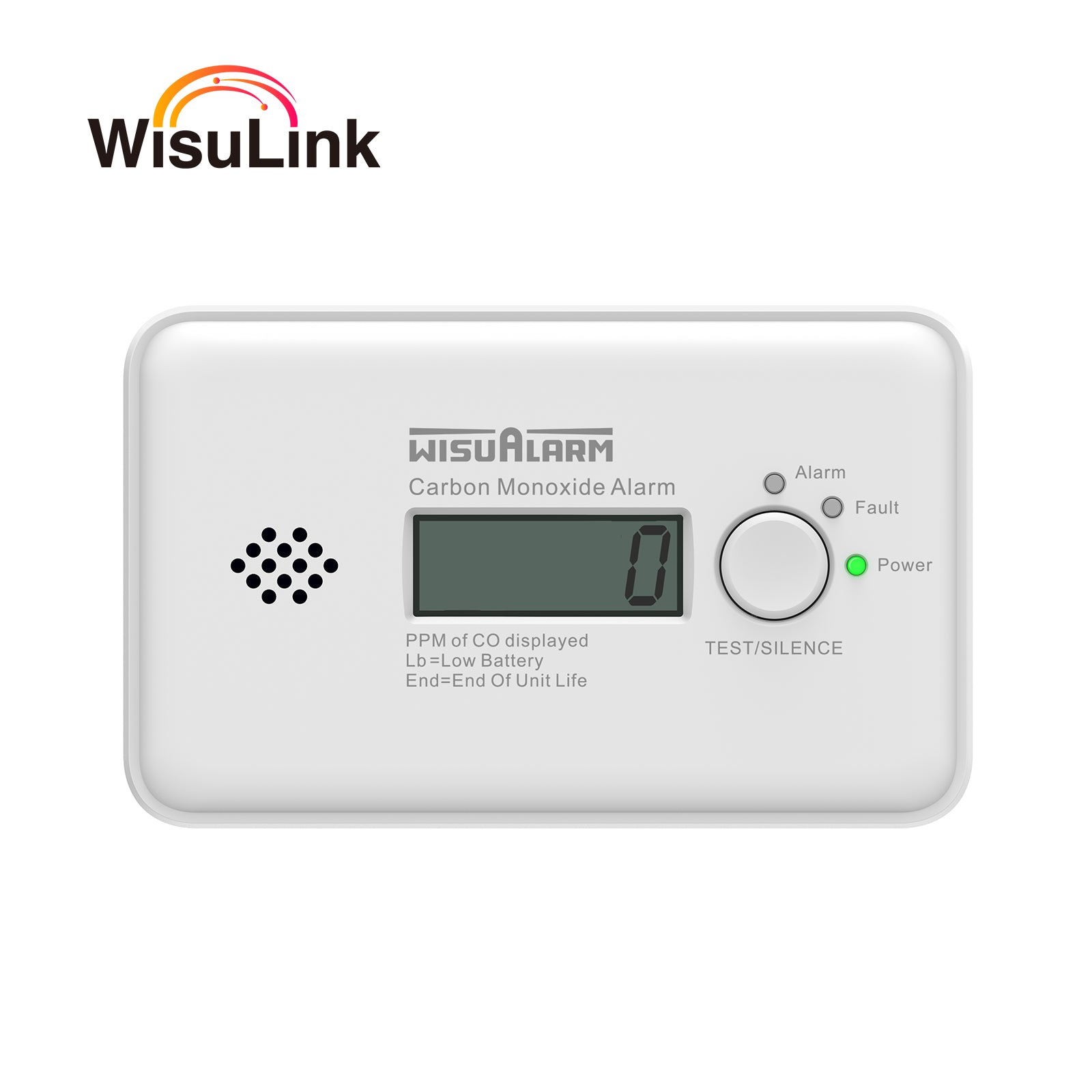Carbon monoxide (CO) is often called the "silent killer"—odourless, colourless, and tasteless, it can infiltrate homes and workplaces unnoticed, causing severe illness or even death. In the UK, especially in regions like Scotland where heating systems run for months on end, reliable CO detection is non-negotiable. But not all detectors are created equal. Two benchmarks stand out as guarantees of safety: the British Kitemark and the European standard EN 50291-1. This blog breaks down what these certifications mean, why they’re critical for your safety, and how to choose a detector that meets the highest standards—including a standout option from Wisualarm.
Understanding Carbon Monoxide: The Invisible Threat
Before diving into certifications, it’s essential to grasp why CO detection is so vital. Carbon monoxide is produced when fuels like gas, oil, coal, or wood burn incompletely. Common sources include faulty boilers, gas cookers, fireplaces, portable heaters, and even blocked flues.
Exposure to low levels of CO can cause headaches, dizziness, nausea, and fatigue—symptoms often mistaken for the flu. At higher concentrations, it can lead to confusion, loss of consciousness, and permanent brain damage or death. According to the UK’s Health and Safety Executive (HSE), hundreds of people are hospitalized with CO poisoning each year, and tragic fatalities still occur.
The only way to protect yourself is with a properly functioning CO detector. But not just any detector—one that’s been rigorously tested to meet industry standards.
What Is EN 50291-1? The European Gold Standard for CO Detectors
EN 50291-1 is the harmonized European standard for carbon monoxide detectors designed for domestic and similar indoor use. Developed by the European Committee for Electrotechnical Standardization (CENELEC), this standard sets strict requirements for a detector’s performance, reliability, and safety.
Key criteria outlined in EN 50291-1 include:
- Sensitivity: The detector must quickly detect CO levels as low as 30 parts per million (ppm)—the threshold at which mild symptoms can occur—and trigger an alarm before concentrations reach life-threatening levels (typically 100 ppm or higher).
- Alarm Response Time: For concentrations of 100 ppm, the detector must sound an alarm within 90 minutes; at 300 ppm (a dangerous level), it must alarm within 15 minutes.
- False Alarm Resistance: It must not trigger false alarms from common household gases (like methane or propane) or environmental factors (e.g., temperature changes, humidity).
- Durability: The detector must withstand normal wear and tear, including voltage fluctuations and extreme temperatures (usually -10°C to 40°C, suitable for UK homes).
- Battery Life: For battery-powered models, EN 50291-1 requires a minimum battery life of 5 years, ensuring long-term protection without frequent replacements.
Compliance with EN 50291-1 isn’t optional for manufacturers selling detectors in the EU or UK—it’s a legal requirement under the Construction Products Regulation (CPR). This means any detector bearing the EN 50291-1 mark has passed independent testing to meet these strict criteria.
The British Kitemark: An Extra Layer of Trust
While EN 50291-1 is a European standard, the British Kitemark (owned by BSI Group, the UK’s national standards body) adds an extra layer of assurance for UK consumers. The Kitemark is one of the world’s oldest and most recognized certification marks, dating back to 1903, and it signifies that a product has been tested beyond basic compliance to meet the highest UK safety standards.
For CO detectors, earning the British Kitemark means:
- The product has undergone additional testing beyond EN 50291-1, including checks for ease of installation, user-friendliness, and long-term reliability.
- Manufacturers undergo regular audits to ensure consistent quality control—so every detector bearing the Kitemark is as good as the one tested.
- Consumers can trust that the product meets the specific needs of UK homes, from climate conditions to common fuel types.
In short, a CO detector with both EN 50291-1 compliance and the British Kitemark is a product you can rely on to keep your family safe.
How to Choose a Compliant CO Detector: Key Tips
When shopping for a CO detector, don’t just take the manufacturer’s word for it. Look for these critical signs of compliance:
- Visible Markings: Check the detector for the EN 50291-1 logo and the British Kitemark (a red, white, and blue kite symbol).
- Power Source: Choose between battery-powered (ideal for renters or areas without wiring) or hardwired (permanent protection) models—both can meet EN 50291-1.
- Alarm Type: Opt for a detector with a loud, clear alarm (at least 85 decibels) and a visual indicator (like a red light) for those with hearing impairments.
- Test Button: Ensure it has an easy-to-access test button to verify functionality monthly (a requirement for maintaining safety).
- End-of-Life Alert: Look for models that alert you when the detector reaches the end of its lifespan (usually 5-7 years)—old detectors may stop working effectively.
Wisualarm’s EN 50291-1 Certified Carbon Monoxide Detector: Safety You Can Trust
When it comes to protecting your home, Wisualarm’s Carbon Monoxide Detector stands out as a top choice—designed to meet and exceed the strict standards of EN 50291-1 and certified with the British Kitemark.

What makes Wisualarm’s detector a cut above the rest?
- Rapid Detection: Equipped with a high-sensitivity electrochemical sensor, it detects CO levels as low as 30 ppm and alarms in line with EN 50291-1’s strict response times—keeping you safe before symptoms appear.
- Dual Alerts: A loud 85-decibel alarm and a flashing red LED light ensure you’ll notice the warning, even in noisy or dark rooms.
- Long-Lasting Battery: With a 5-year battery life (meets EN 50291-1 requirements), you won’t have to worry about frequent replacements—just set it and forget it (until monthly testing!).
- User-Friendly Design: Compact, easy to install (no wiring needed—just mount it on a wall or ceiling), and featuring a large test button for simple monthly checks.
- End-of-Life Notification: The detector alerts you when it’s time to replace it, so you never have to guess if your protection is still active.
Whether you’re a homeowner with a gas boiler, a renter using a portable heater, or a family with a wood-burning stove, Wisualarm’s CO detector provides peace of mind that your loved ones are protected from the silent killer.
Conclusion
Carbon monoxide poisoning is preventable—with the right detector. By choosing a model that meets EN 50291-1 and bears the British Kitemark, you’re investing in a product that’s been tested to the highest safety standards.
Don’t take chances with your family’s safety. Wisualarm’s Carbon Monoxide Detector combines compliance, reliability, and user-friendliness—making it the ideal choice for UK homes. Visit Wisualarm’s website today to learn more and order your detector: because when it comes to CO safety, nothing less than the best will do.









































Hinterlasse einen Kommentar